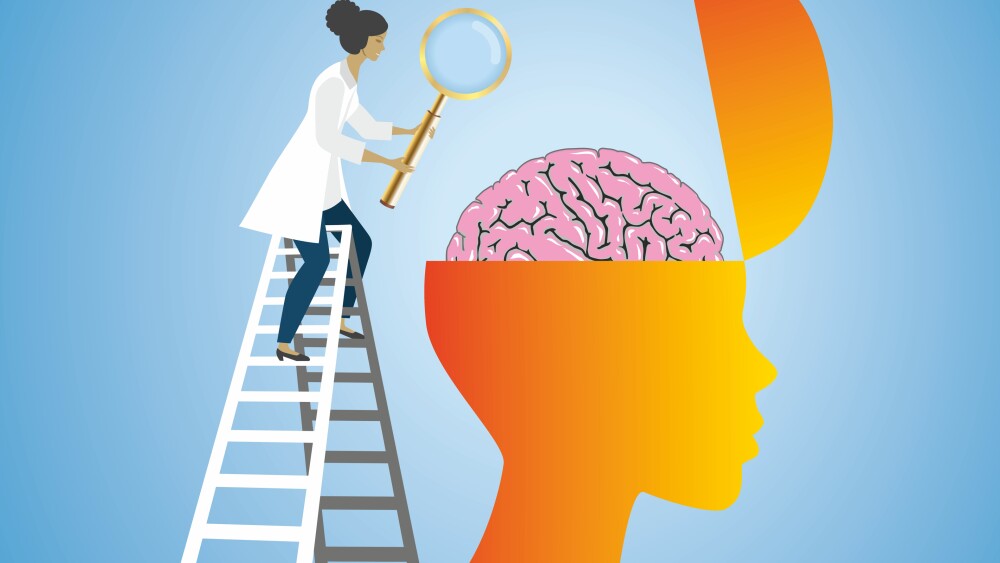A study published in JAMA Cardiology back on July 27 is now raising concern in the medical community, as many coronavirus patients are exhibiting signs of heart damage, despite being asymptomatic.
A study published in JAMA Cardiology back on July 27 is now raising concern in the medical community, as many coronavirus patients are exhibiting signs of heart damage, despite being asymptomatic.
In the study, 100 patients who had recently recovered from COVID-19 were subjected to cardiac magnetic resonance imaging. Heart abnormalities were observed in 78% of the patients, and ongoing myocardial inflammation was seen in 60% of patients. This was independent of preexisting conditions, severity, and overall course of the acute illness. Now, researchers are working on identifying how the virus leads to myocarditis, or inflammation of the heart muscle.
Holly S. Andersen, MD, recently told Forbes that the novel coronavirus can affect the heart both “directly and indirectly” by invading the heart muscle cells. This can lead to myocarditis, which ultimately reduces the heart’s pumping ability and makes it vulnerable to arrhythmias.
In addition, Andersen noted that the virus can result in blood clots forming in the small blood vessels of organs, not limited to the heart. Experts acknowledge that more research needs to be done to better understand how the novel coronavirus impacts the heart and other organs as well.
Ernesto Estrada, from the University of Zaragoza and Agencia Aragonesa para la Investigación Foundation in Spain, recently set out to take a closer look at the virus’ effects on various parts of the body. His findings, which were published in the journal Chaos, show that the coronavirus largely relies on interactions with a protein, angiotensin-converting enzyme 2, within the body.
“This receptor is ubiquitous in most human organs, such that if the virus is circulating in the body, it can also enter into other organs and affect them,” Estrada told ScienceDaily. “However, the virus affects some organs selectively and not all, as expected from these potential mechanisms.”
Once it is inside of a human cell, the virus’ proteins interact with those in the body. However, the fact that the virus only damages certain organs signaled to Estrada that there had to be a different pathway for its transmission. He took a closer look at the displacements of proteins within the lungs and how they interacted with proteins in other organs.
Afterward, Estrada was able to develop a mathematical model that helped him discover a group of 59 different proteins in the lungs that act as “activators,” impacting other organs in the body. The chain of interactions, which begin with this set, trigger changes in proteins down the line.
“Targeting some of these proteins in the lungs with existing drugs will prevent the perturbation of the proteins expressed in organs other than the lungs, avoiding multiorgan failure, which, in many cases, conduces the death of the patient,” Estrada explained.
At the Wake Forest Institute for Regenerative Medicine, scientists are already focusing on the organs most impacted by the novel coronavirus: the lungs. The lab has been developing organs using human cells to see which treatments are most effective within the body, according to Scripps National.
Anthony Atala, director for the institute, told the news source that the process helps researchers determine whether drugs are toxic to the body in a matter of weeks rather than years. However, he notes that the organs used by the lab are not meant to replace clinical trials in humans.





